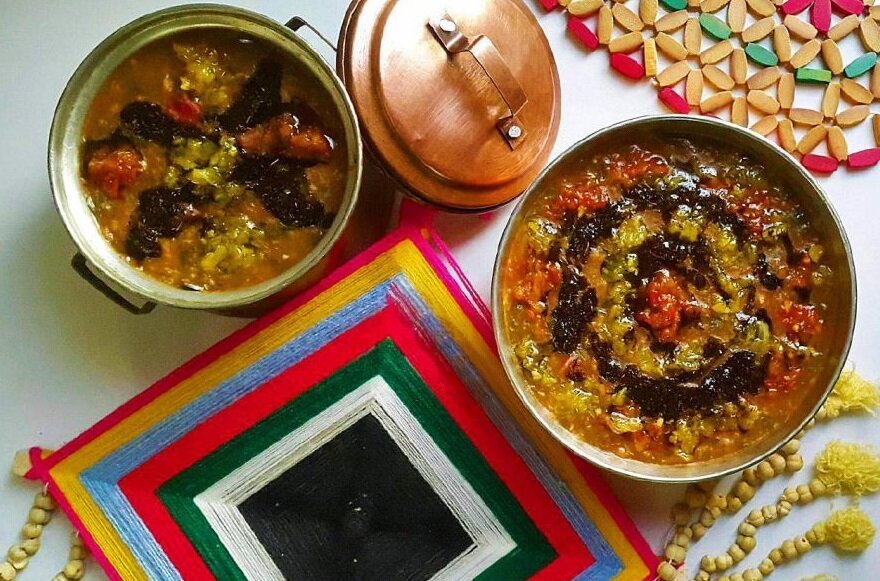Indigenous food skills in southwest Iran made national heritage

TEHRAN – The skills of making three local dishes, which are popular in the southwestern Chaharmahal-Bakhtiari province, have been added to the National Intangible Cultural Heritage list, a local tourism official has said.
The expertise of making Kardin Ash, which is eaten as breakfast in the spring, as well as the skills of making Tamnideh chicken and Lalaki have been recently inscribed on the prestigious list, Farideh Ahmadi announced on Sunday.
Iranian cuisine, usually dominated by fragrant herbs, varies from region to region. It principally accentuates freshness, deliciousness, and colorfulness.
Experts say that food is not merely an organic product with biochemical compositions. However, for members of each community, food is defined as a cultural element.
No Persian meal is complete without an abundance of herbs. Every table is usually set with sabzi khordan, a basket of fresh herbs, radishes, and scallions, which are eaten raw and by the handful. Persian cuisine is, above all, about balance — of tastes and flavors, textures and temperatures.
Chaharmahal-Bakhtiari has various unique traditions and rituals relative to the 'tribal' lifestyles. Special forms of music, dance, and clothing are noteworthy. It has considerable potential to become a vibrant tourist attraction because of its changing natural landscape.
The province is also a hub for making wool felt products, majorly of which exported abroad. It is home to some 500 crafters, in over 250 workshops, making handmade felt products.
ABU/AFM
